Shopping for curtains or drapes? Read this first!
Curtains, drapes, pleats, rods, pockets, pooling…
If you’re looking at adding curtains to your home, you might have found yourself adrift in a sea of information. We’re here to put an end to the Curtain Confusion with this curtain and drape buyer’s guide. Let’s start with the basic terminology.
Curtains vs. Drapes: What’s the difference?

You will often see the words “curtains” and “drapes” used interchangeably. The main difference is in the weight: drapes are often made out of a heavier—sometimes lined—fabric, while curtains are simpler and lightweight. Since drapes are heavier and made with more dense materials, they can provide more privacy and light-blocking options than curtains. And unlike drapes, curtains are often hung simply, directly on the curtain rod without any header such as a valance or cornice. We’ll get into all the details of fabric weight, light blocking, and header options later in this post.
All About Draperies and Curtains
O’d McKewan and Scot Dietz take a deep dive into all things draperies. From pricing to product types, this video will walk you through the many intricacies in the world of soft treatments. If you are considering putting draperies or curtains in your home this video is a must-watch!
The truth is, curtains and drapes share so many similarities that it’s no surprise the terms are mixed up. Both window coverings are made up of fabric panels suspended above the window on a rod or bar. These fabric panels hang in front of the window and offer varying levels of light filtration. Both are opened by pulling them to one or both sides of the window. There can even be some overlap between curtains and drapes—for example, when simple curtains are lined to create blackout curtains, they’re really pretty similar to a basic drape. While heavier and more ornate, drapes don’t always look like something out of a Victorian mansion. Brocade, embroidery, tassels, heavy pleats, and sashes can be a part of drapery, but there are also many simple and modern versions of the classic drape.
Decisions to Make When Considering Curtains or Drapes
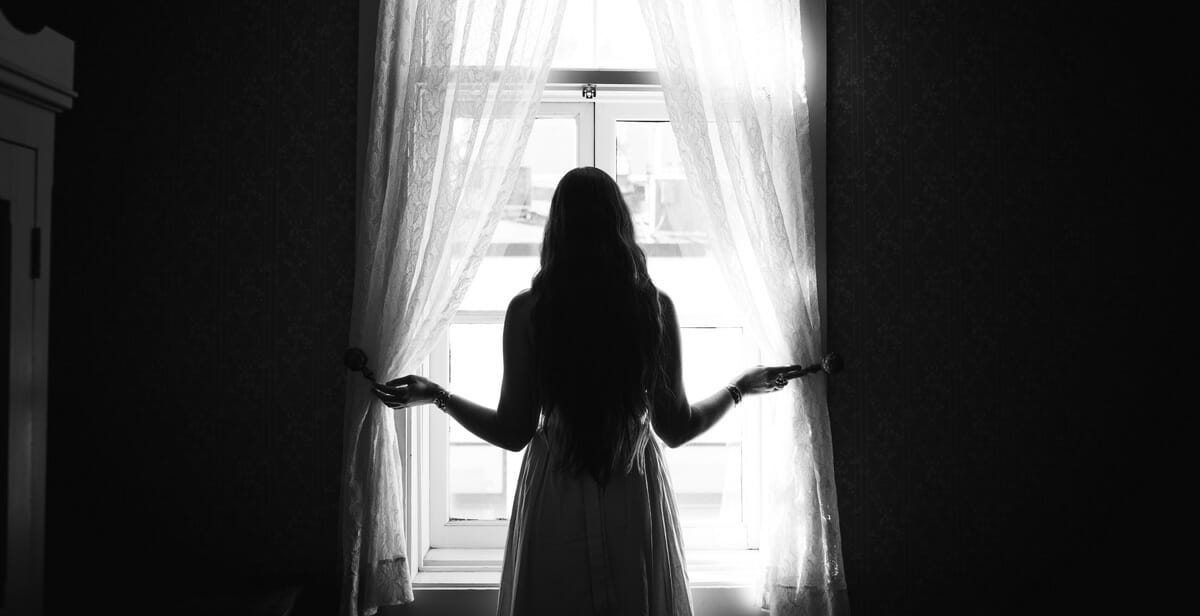
Before you commit to learning all there is to know about curtains and drapes; it can be useful to think through a few things to make sure that fabric panels offer the features you are looking for.
- • Consider whether the room in question receives full, partial, or limited sunlight—then, think about how much light you want the room to have.
- • Sheer curtains, although beautiful, are not a good fit for a bedroom that needs total blackout for sleeping.
- • Remember that trends fade, but high-quality window treatments last for decades. Something that’s on the cutting edge of today’s drapery trends might look hopelessly dated when you try to sell your home in 5 years, so it’s crucial to think about how often you will (or won’t!) be replacing curtains before you pick something trendy instead of classic.
- • If there are kids, pets, or both at your house, pick a durable fabric and hold up to multiple cleanings. You may also want to opt for shorter panels to keep them out of hand’s—or paw’s—reach.
- • Curtains can really soften a room, but if you prefer an aesthetic that is very crisp and sharp, you might enjoy the look of traditional blinds with wide slats or a solid-color plantation shutter.
Light Levels: Barely There vs. Total Blackout (and everything in between!)

There are four main light levels available with fabric panel window coverings: Sheer, Filtering, Darkening, and Blackout. The main factor in determining the amount of light that comes into your home is the type and density of the fabric.
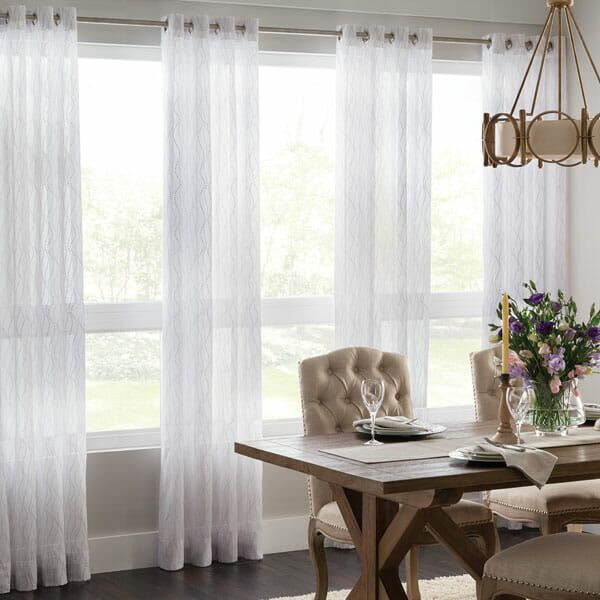


Of the four types, sheer curtains let in the most light (except, of course, for a bare window!). A piece of sheer fabric can diffuse the incoming light to rid your home of harsh glare while still letting plenty of sunlight in. Air also flows easily through sheer curtains, so you can enjoy all the benefits of an open window with a little added elegance. Sheer fabrics are loosely woven, with space between each individual thread. This is what allows air and light to pass freely through the fabric panels.



Filtering curtains allow in a medium amount of light, cutting down the incoming sunlight anywhere from 30-50%. Light filtering curtains and drapes will be made of slightly denser material than sheer curtains but still allow enough natural light in that you may not need to use lamps or overhead lights during the day. They provide a moderate amount of privacy during the day but don’t do well at night when the room is backlit. Filtering fabrics use larger threads with a closer weave than sheer fabrics, but there is still some space in the weave structure allowing some light to pass through.
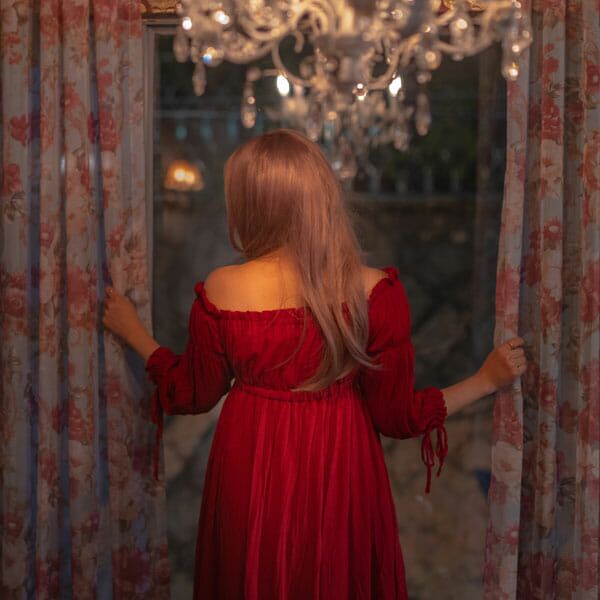


Room darkening curtains and drapes are made of solid, more closely-woven fabrics that let very little light into the room. These fabrics might have little or no space between the threads and may also use a thicker, heavier yarn in their weave. Darkening drapes are a good fit for common areas like the living room, where you’ll want complete privacy once the sun goes down but don’t necessarily need a total blackout effect the way you might want in a bedroom or movie room. They can also have a cooling effect during the day by blocking out more light and heat than sheer or filtering drapes.
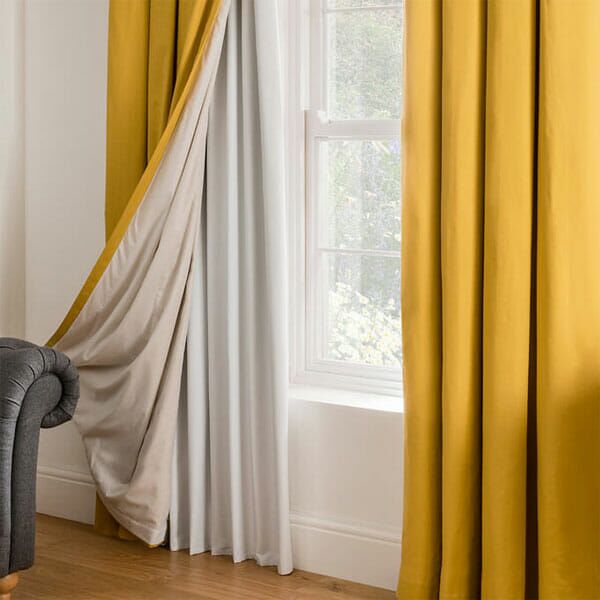


Blackout curtains and drapes are usually made with a thick, heavily-woven front fabric and lined with a very tightly woven white fabric that’s a blend of polyester and cotton. The lining faces the window and isn’t visible from inside the room. It helps reflect light and heat back out of the window, keeping rooms much darker and cooler.
It’s tough to achieve a true, 100% blackout effect with only one window covering. For that reason, we often recommend pairing lined blackout curtains over the window with another treatment inside it. Blackout curtains pair nicely with cellular shades, simple horizontal blinds, or roller shades. You’ll want the curtains or drapes to extend at least eight inches past the top, bottom, and sides of the window to catch any light that filters around the edges of the first treatment. Adding a fabric cornice or valance at the top of the drapes also helps make sure no light comes in around the curtain rod.
» To take an even deeper dive into light levels and options, check out our post on Room Darkening Shades Explained.
Can They Insulate? Curtains & Drapes vs. Sound & Heat

If you’re looking to reduce sound coming in from a window that faces a road or park, you might be surprised to learn that soundproof curtains are a practical addition to your home! The term “soundproof” might make you think that curtains can block out all sound, which isn’t entirely accurate. The only way to block out all incoming sound involves multiple layers of thick, dense materials (like insulated walls treated with soundproofing compounds)—but of course, you’ll lose the view if you take this approach!
According to Soundproof Central, to keep the windows but lessen the sound, soundproof curtains can muffle and dampen incoming sounds up to 75%. You’ll want curtains or drapes made up of heavy, dense fabrics—and sometimes multiple layers—for the best effect. Not all blackout curtains are soundproofing, but nearly all soundproofing curtains supply a blackout effect when appropriately installed, with adequate coverage around all the window edges. The same dense fabric that blocks sound also blocks light. A simple fabric density test is to shine a flashlight through a fabric swatch. If you can see the light coming through, the drapes won’t block as much sound or light as a fabric that doesn’t allow any light through. Use a very dense material that lets very little or no light through for the best results.
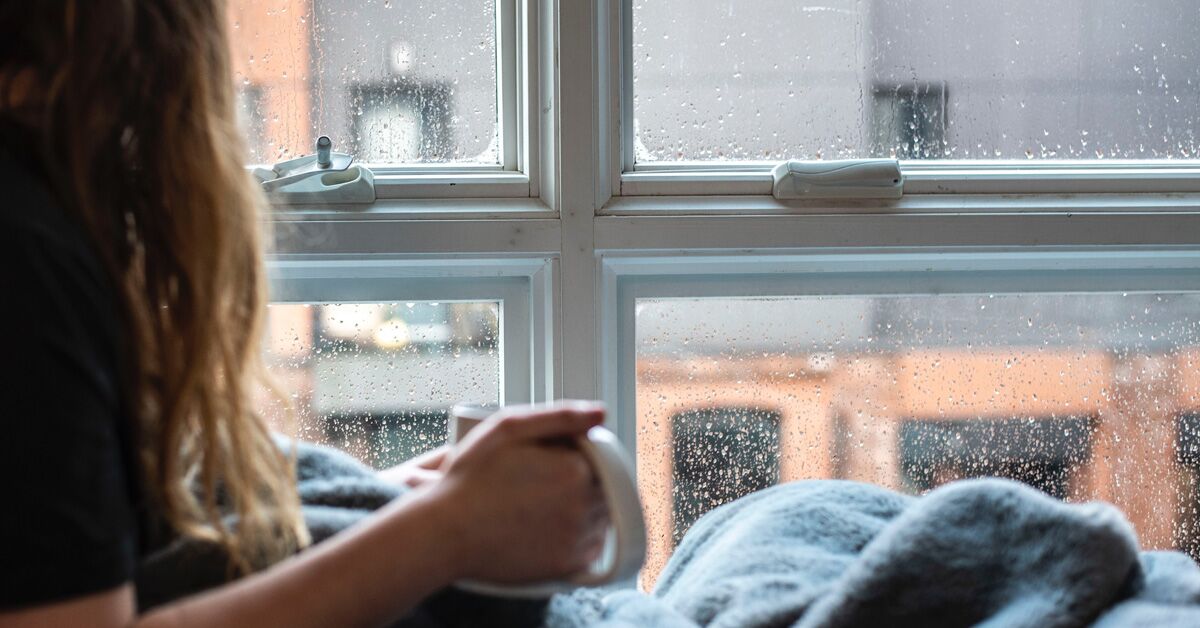
An added benefit of installing dense, lined curtains and drapes? Improved home insulation! Windows are notoriously terrible for keeping the climate at bay: in fact, up to 50% of heat gained in your home comes from sunlight on the windows, which can keep the AC working overtime in the summer. In cold climates, windows can be a source of chill all winter as an average of 10% of the home’s total heat loss occurs there. Soundproof, blackout curtains can help you reduce your home’s summertime energy consumption by up to 25%, which can add up to significant savings on your utility bills year after year.
Fabric Choices: Find the Best Material for Any Room in Your Home
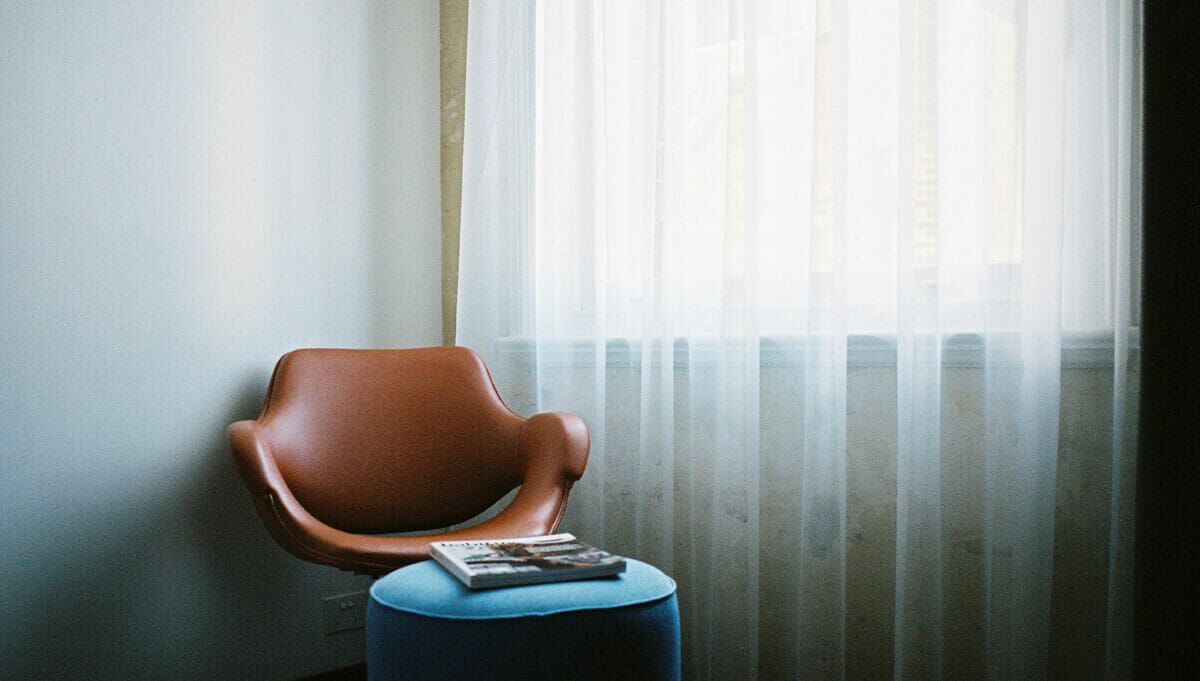
There are dozens of fabric choices to use for your home’s curtains or drapes. There are so many options that it’s quicker to first look at fabrics that are not a good choice for window coverings.
- • Low-quality polyester: Although inexpensive, polyester and poly blends can have a shiny or plastic-y appearance.
- • Hand-dyed or bespoke fabrics: Constant sun exposure can be tough on fabrics and can cause rapid fading and discoloration in hand-dyed fabrics that aren’t appropriately prepared.
- • Some synthetic materials and blends can create a fire hazard and are not suitable for kitchens or near the fireplace.
Some of the most popular fabrics for curtains and drapes in 2021 include voile, nylon net, lace, and velvet. The standby classics, including cotton, linen, and damask, are always good choices. Let’s take a look at how these different fabric choices compare.
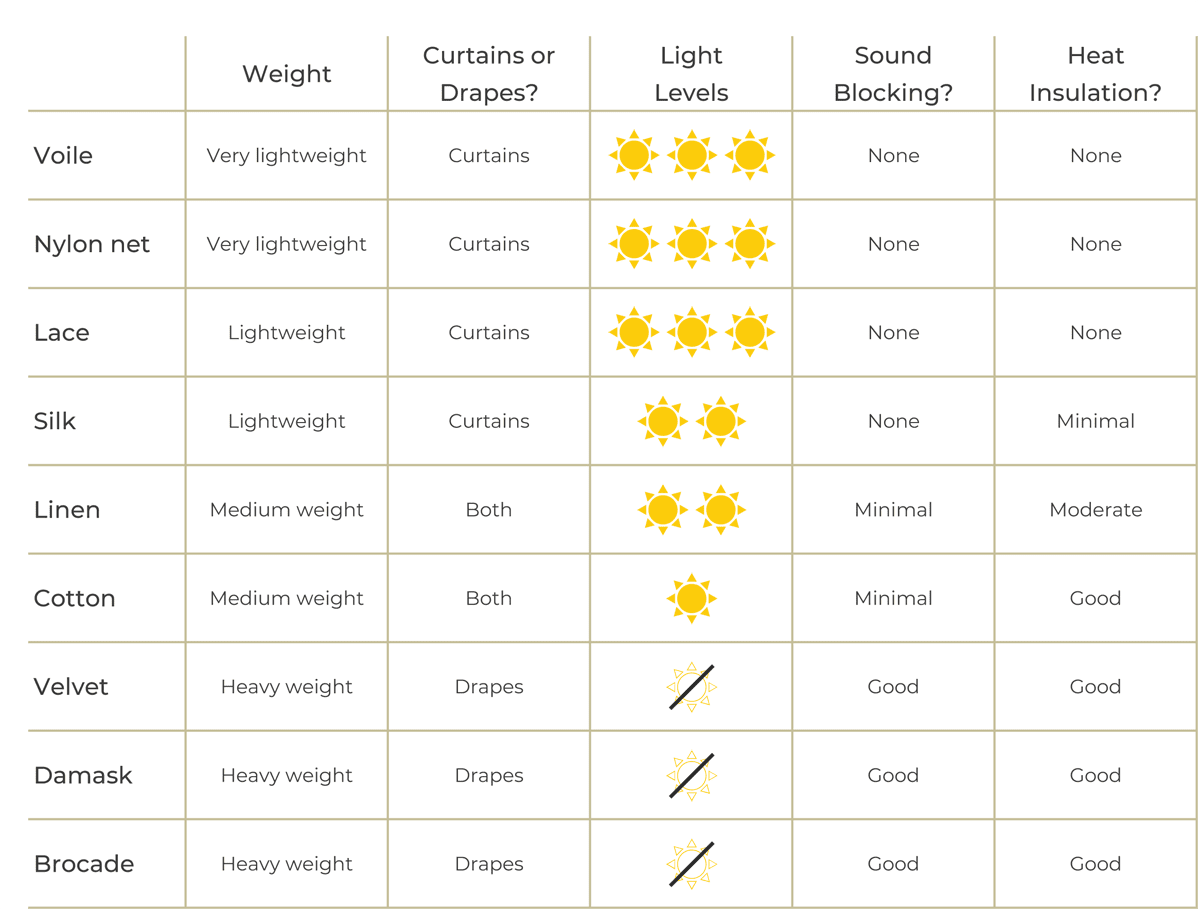
Lightweight and medium-weight fabrics like silk, linen, and cotton can be lined to give them more light-blocking ability as well as to increase their sound and heat insulation properties. More transparent fabrics such as voile, nylon net, and lace don’t tend to look as nicely lined but can be paired with a second set of curtains if you need more light control. For example, the interior curtains (closest to the window) would be a sheer material. The exterior curtains or drapes (closest to the inside of the room) would be a heavier material like lined cotton velvet.
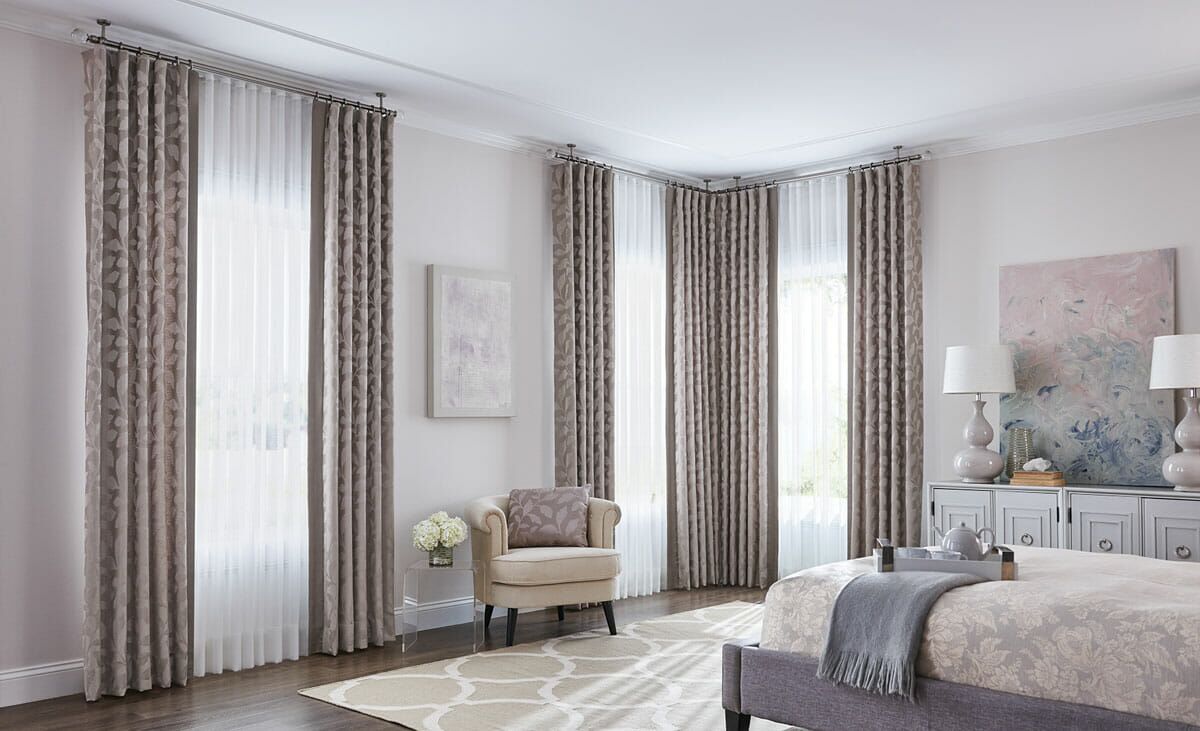
What Color Curtains and Drape Patterns are in Style for 2021?

Interior design professionals are focused on subdued neutral tones, bright and fresh nature tones, and matching monochromatic rooms for 2021 interior design color palettes. Instead of painting an accent wall, adding long curtains in these popular hues can give your home just the refresh you’re looking for.
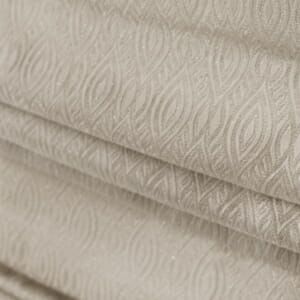
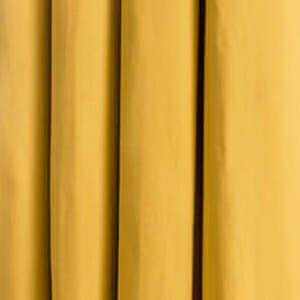

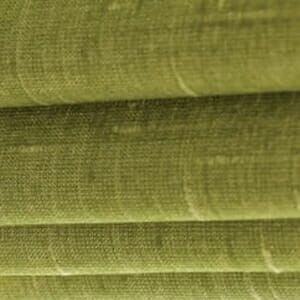
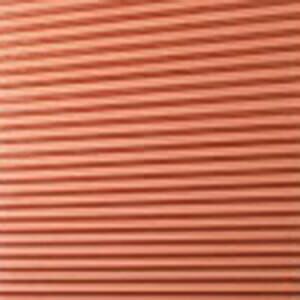

» More on trends: The Window Treatment Design Trends That Are IN and OUT in 2021
If you want to bring in patterns instead of solid colors, grounded neutrals and nature motifs are popular right now. Across many different decor styles, the prevailing themes are creating a cozy getaway from the world that still feels fresh and airy, not cluttered or chaotic.
- • Understated nature prints like simple branches and leaves
- • Diagonal patterns like twill and tweed
- • Rustic cottage-inspired florals
- • The 2021 Pantone colors of the year: yellow and gray



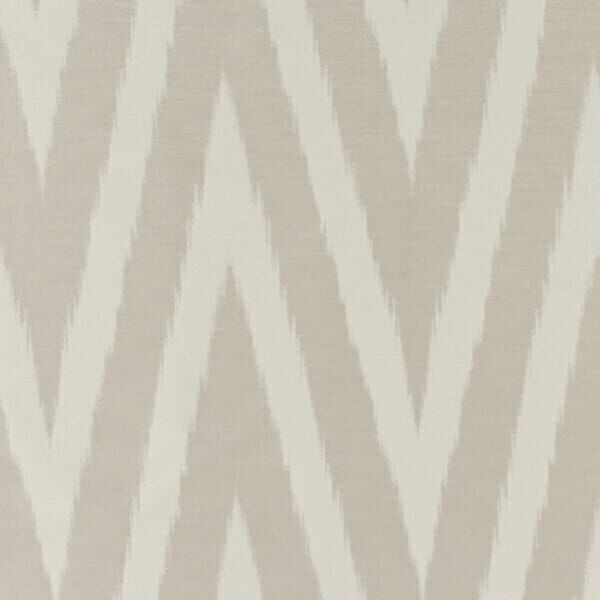
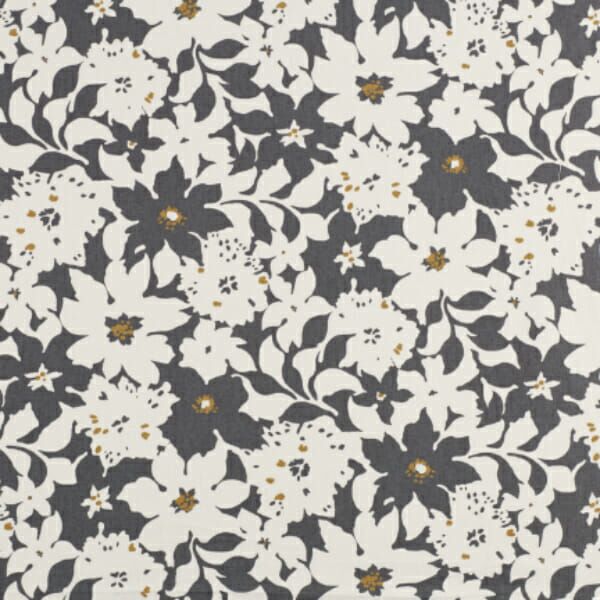
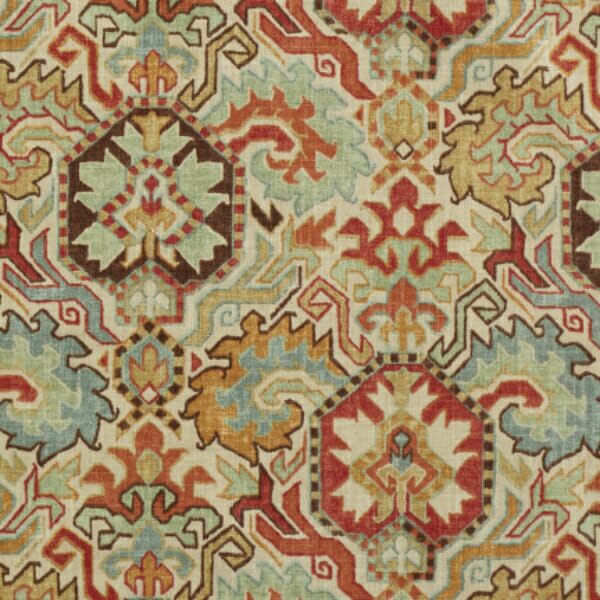
How Do You Hang Curtains or Drapes?
Hardware for Curtains, Drapes

Curtains and drapes utilize a curtain rod or bar mounted on the wall above the window or inside the window frame. There are many styles and designs of curtain rods that you can choose from—everything from curtain rods that are completely hidden after installation to ornate and decorative curtain rods that put the finishing touch on the window treatment. The finials, or decorative knob at the end of the rod, come in all shapes and sizes and can usually be unscrewed and replaced with another style if you’re just looking to freshen things up.

There are five common ways that the curtain panels are attached to the curtain rod: fabric rod pocket, fabric tabs on the top, fabric tabs on the back, grommet top, or with clips attached to rings. There are many variations of each of these panel attachment methods that can change the window covering look to add a unique touch.


The type of attachment you choose may influence how your curtains drape and fold—and the opposite is also true: some pleat styles are better suited for rings with clips than, say, a grommet top or rod pocket. The ripple wave created by the grommet top attachment creates a gentle set of rounded folds throughout the curtain panel, while a pinch-pleat creates a tighter and more structured set of folds.

The Crowning Touch: Cornices & Valances
Valances and cornices are another finishing method commonly paired with drapes. With one of these toppers, you won’t see the curtain rod or finials so that you can go with something straightforward and functional. Window valances are a fabric window treatment that can be added to almost any other treatment, including drapes, cellular shades, and traditional blinds. They cover the top portion of the window and frame, hiding the window covering hardware beneath. Valances can be a looped swag of fabric or a structured box covered in the same material as the drapes.

Window cornices are best described as a framework made of wood or composite which sits at the top of the window treatment. Like valances, they can be paired with many window covering products and cover the header bar and hardware for a polished, finished look.

How to Layer Curtains and Drapes
Many window treatments pair well with curtains, but there are a few styles that are at the top of the list for layering.
COPIOUS CURTAINS
Layering two sets of curtains is a great way to achieve more flexibility with light levels. This requires a dual curtain rod, which is actually two curtain rods in one: one bar in front facing the room, and a second bar in the back nearer to the window. The inner curtain rod works well with a light and sheer curtain to filter light during daytime, and the outer rod is great for heavier drapes which can be closed for a blackout effect or to achieve privacy.
ENERGY EFFICIENCY
Pairing a floor-to-ceiling drapery with cellular shades is one of the best ways to get the maximum insulation for your windows. Cellular, or honeycomb, shades come in single-cell, double-cell, and even triple-cell styles and can help your home retain its heat in the winter and block out heat from the sun in the summer. Because they’re available in countless colors and patterns, it’s easy to find a cellular shade that will coordinate nicely with your curtains.
WHIMSICAL WINDOWS
Layering two fabric treatments, such as drapes and custom Roman shades, is a great way to add a touch of romance to soften the room. Roman shades are constructed of a flat panel of fabric that folds upon itself in horizontal, accordion-like drapes when raised. The combination of a medium-weight Roman shade with a blackout curtain can create a complete blackout effect, perfect for bedrooms.
NOT-SO-BASIC BLINDS
Horizontal blinds, whether in real wood, composite faux wood, or economical aluminum, are softened with the addition of full-length curtains. The blinds are installed inside the window frame and give you precise control over light levels, ranging from full light with the blinds drawn up, to filtered light with the blinds down and tilted, to complete room darkening with the blinds fully closed. Closing the curtains over the blinds can achieve a full blackout effect.
SOFTEN UP SHUTTERS
Nothing beats the timeless look of plantation shutters, but if a room is sparsely decorated or has a high ceiling, a hard window treatment can look a little severe. Adding floor-to-ceiling drapes softens the appearance and also absorbs sound to eliminate any unpleasant echo. Tall curtains are an excellent way to leave upper windows uncovered during the day and give you the option to cover up after dark for a cozy night in.
Can’t get enough of doubled-up treatments? Check out The Perfect Pair: How to Layer Window Treatments.
Selecting Your Size
Before you order window curtain panels, you need to decide the best size for your living, bath, or bedroom curtains. There are three general sizes of curtains, but of course, the final product will be custom made to your precise specifications as you work with your 3 Blind Mice designer.
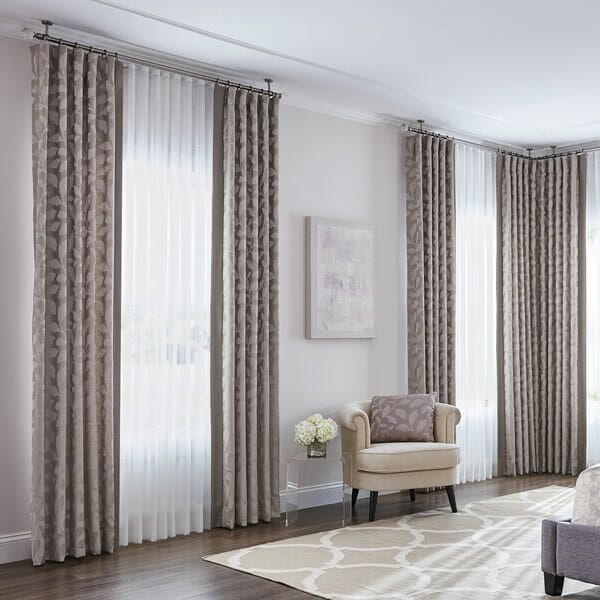
FLOOR TO CEILING
Floor-to-ceiling curtains and drapes have an undeniable elegance. For a sophisticated look, mount the curtain rod on the ceiling and let the curtains hang just ½ inch above the floor. Or, add some opulence with a curtain rod mounted just below the crown molding and extra-long curtains that pool on the floor.
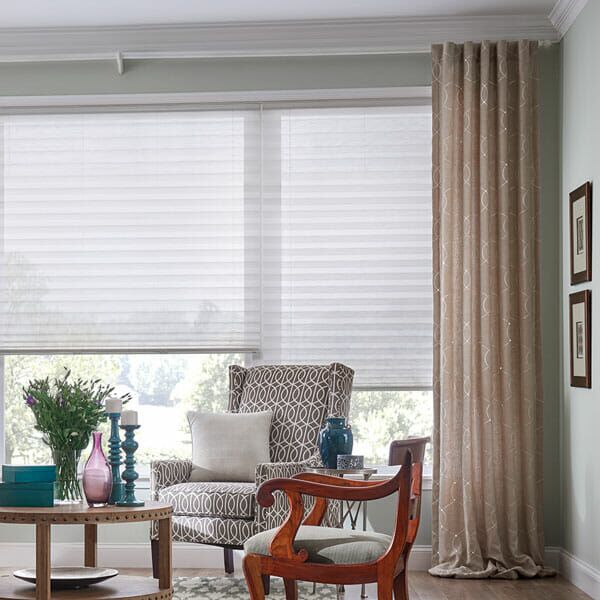

JUST THE WINDOW
For a quaint and tidy look, hang the curtains so that they extend past the window just 6-8 inches in all directions. For a simple, casual look or if space is really limited, you can use a tensioned curtain rod inside the window frame and hang curtains to the exact dimensions of the window, with the whole treatment inside the frame.

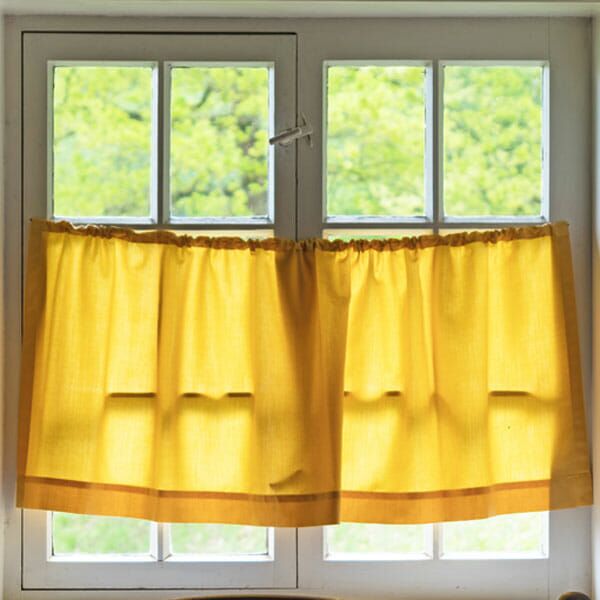
PARTIAL PRIVACY
A simple cotton curtain installed at the middle of the window is perfect for the kitchen and bath, where you might want privacy for the lower half of the room but enjoy seeing out the top while natural light fills the room. A curtain rod pocket or tabbed top is the perfect hanging style for this option.
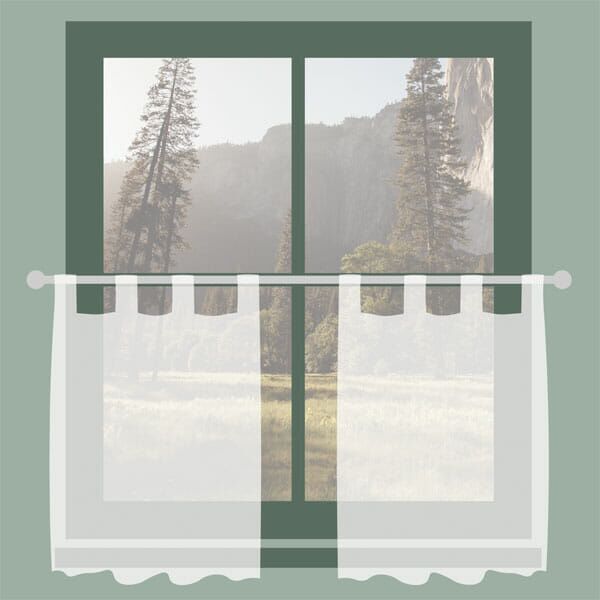
No matter what size suits your style, remember to leave space on both sides of the window if possible so that you have the option of fully opening the curtains to either side of the window to allow for full light with no obstruction.
How to Measure for Curtains
When you’re preparing to take measurements for curtains or drapes, first decide if you want your window coverings mounted above the window frame or inside it.
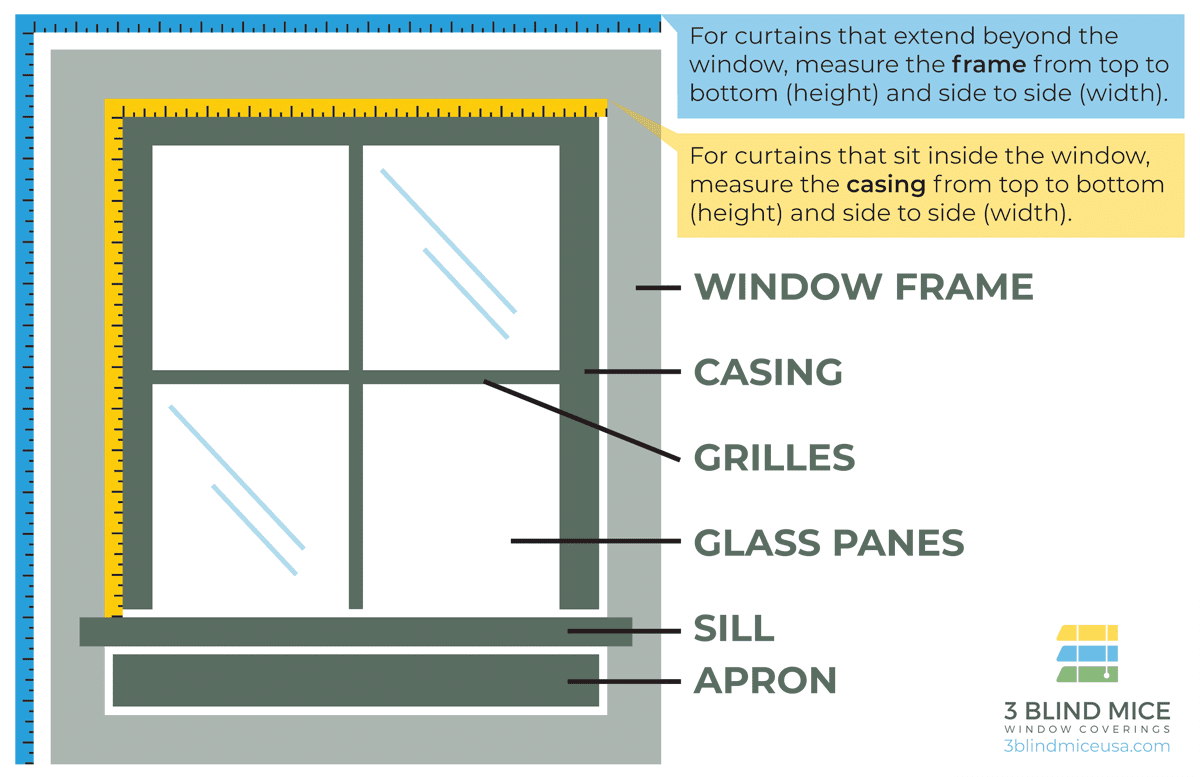
For curtains mounted above the window frame
Perfect for an installation that extends beyond the window, such as blackout curtains, soundproofing drapes, and floor-to-ceiling installations.
- Measure the window frame from top to bottom (height) and side to side (width). If you’re going floor-to-ceiling, simply measure the height of the room instead of the height of the window frame.
- Once you have the frame measurements, add 16 inches to both the height and width to allow the curtains to extend 8 inches beyond the windows in every direction.
Don’t add anything to the height if you took floor-to-ceiling measurements in Step 1. - Double the width measurement to ensure there’s enough fabric nice pleats, even when the drapes are closed. This will give you the total width of all panels combined, not the width of individual panels.
Example: If your window frame measures 48” tall by 52” wide, add 16 to each direction for a measurement of 64” tall and 68” wide. Then, double the new width: 68 + 68 = 136.” When shopping for panels, you’ll want to select panels that are at least 64” tall and total up to 136” wide between all panels for the best installation.
For curtains mounted inside the window frame
You may want to install your curtains inside the window frame if space is especially limited, or if you want them to rest directly on the sill to keep them out of reach for children and pets.
- Measure the window casing from top to bottom (height) and side to side (width).
- Determine how much space will be taken up by your curtain rod and hanging method. Subtract that from your height measurement.
- Take your width measurement and double it—this ensures there’s enough fabric nice pleats even when the drapes are closed. This will give you the total width of all panels combined, not the width of individual panels.
Example: If your window casing measures 36” tall by 24” wide and your curtain rod needs 3” of space, your height measurement is 33”. Double the width: 24 + 24 = 48.” When shopping for panels, you’ll want to select panels that are exactly 33” tall and total up to 48” wide between all panels for the best installation.
The Curtain & Drape Buyer’s Guide Key Takeaways:
- • Your fabric choice will influence everything from light levels to care and maintenance, so choose carefully.
- • When you shop, remember that heavier, thicker fabric panels will block more light, sound, and heat than thinner, sheer materials.
- • There are dozens of fabric types suitable for curtains and drapes, so you don’t have to compromise when it comes to selecting features and fabric you’ll love.
- • 2021 color trends are looking at grounded neutrals like off-white and warm grays, as well as verdant greens, saturated golds, and coral tones.
- • Popular home decor patterns this year include subtle branches and leaves, diagonal twill patterns, chevrons, and tweeds, and cozy cottage-inspired florals.
- • The sky’s the limit when it comes to choosing your curtain rod, finials, and valance or cornice. There are many styles available!
- • Measuring for curtains and drapes depends on your install method, the size of your windows, and the height of your ceilings.

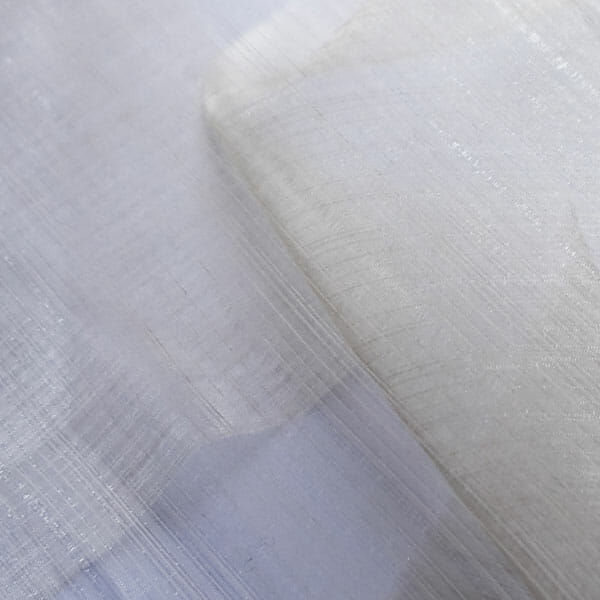
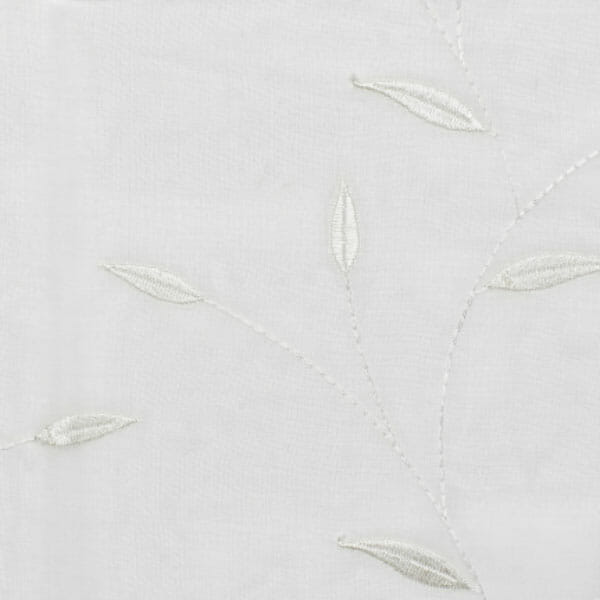


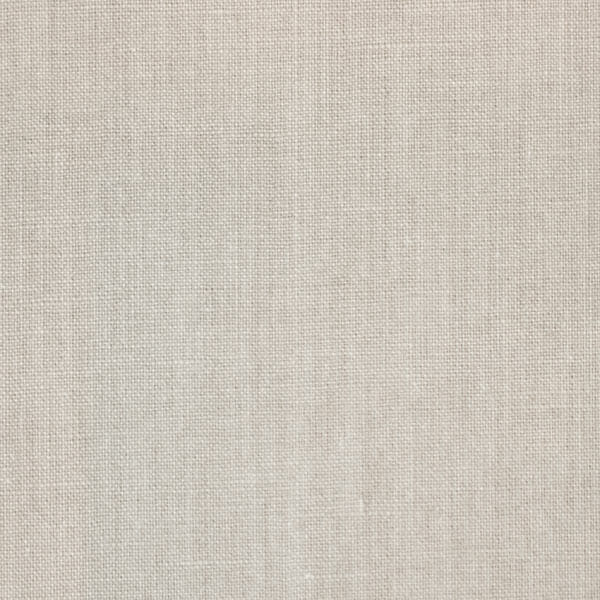
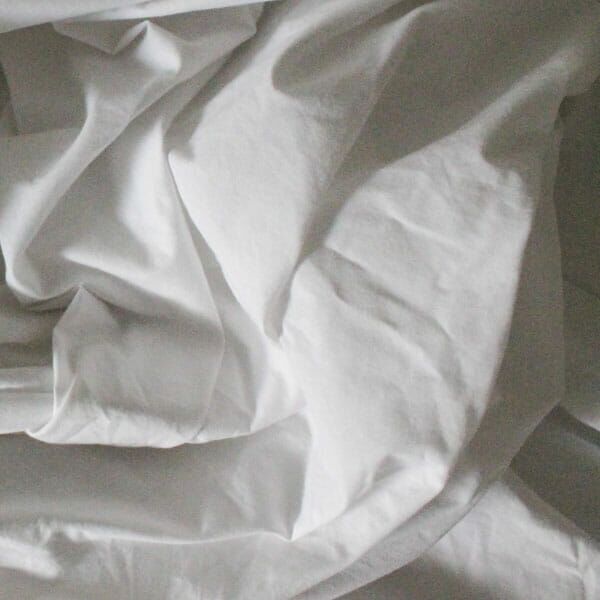


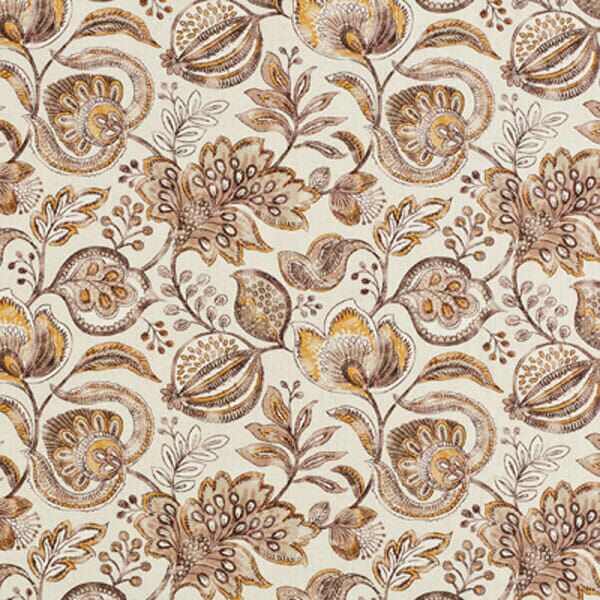
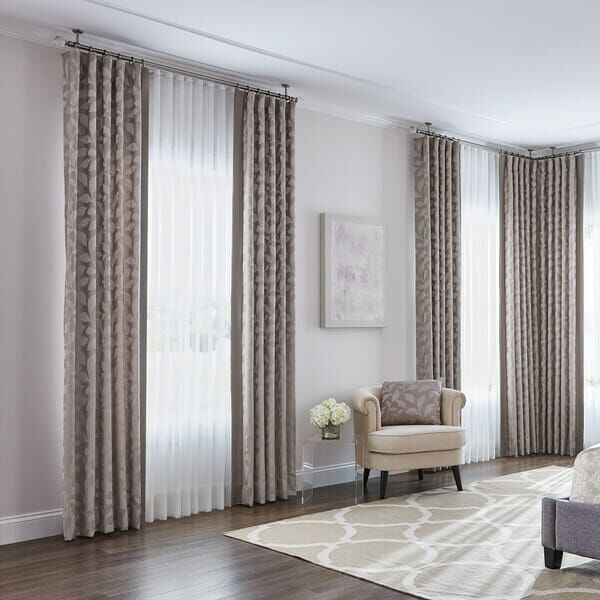
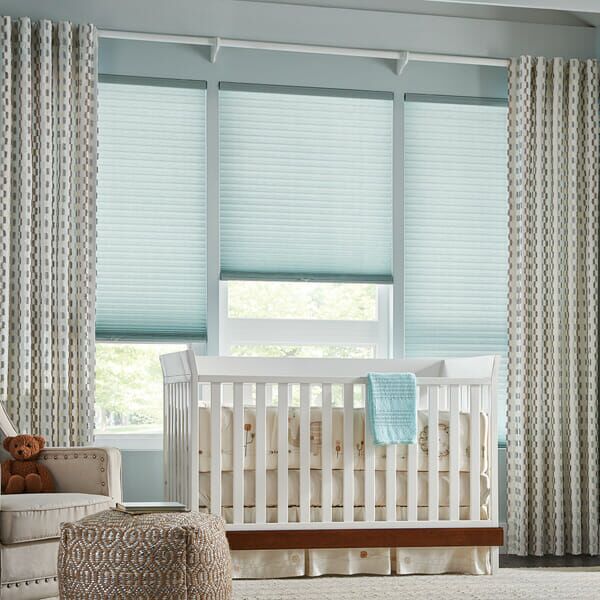
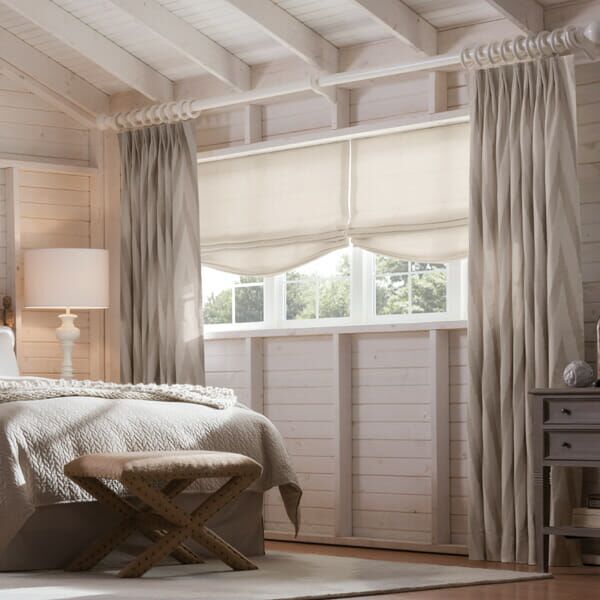
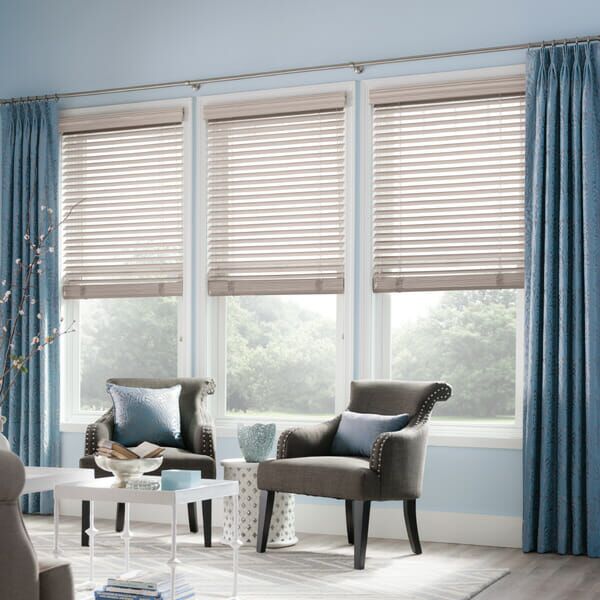

Very useful article – well done! A great guide for consumers and designers getting into custom window coverings.
This article was well done.
A big help for me. Thanks
Very useful.
You got my attention when you said that drapes could provide more privacy and light-blocking options because they are heavier and made with denser materials. My husband and I are planning to renovate our living room to increase its curb appeal. Since our daughter always complains about getting distracted by the sun’s rays when she is studying in the afternoon, it will be nice to hire a professional that can install draperies for us this Friday.
Holy whoa, there are curtains that can block sounds?! I’m glad I stumbled upon your blog, I’m definitely going to look for those curtains this weekend.